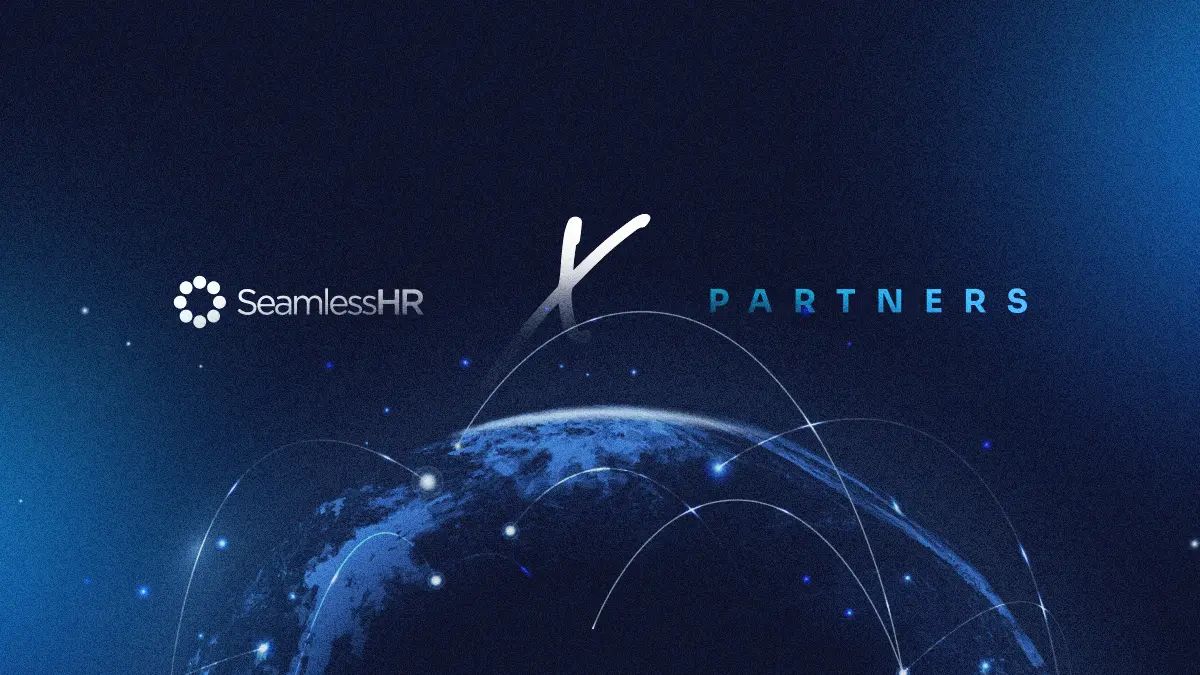For years, HR has been called a strategic partner, yet aligning HR with business goals remains aspirational rather than operational in many organisations. While HR leaders contribute to strategic discussions, the true measure of their impact lies in HR execution, turning plans into measurable business results.
HR, like finance and operations, must operate with rigour, accountability, and precision. A well-defined HR strategy that remains unimplemented is as ineffective as having no strategy at all. The real challenge for CHROs today is not just in designing talent management strategies but ensuring that these initiatives drive business impact.
Gartner research underscores the urgency of this shift: only 32% of HR leaders report that their strategic planning is fully aligned with business objectives. More concerning, just 35% believe their HR technology investments are effectively contributing to business goals. These numbers reveal a stark reality—many HR functions remain disconnected from the broader enterprise strategy, limiting their influence and effectiveness.
The implication is clear: HR’s strategic value is not defined by intention alone but by its ability to drive business impact. CHROs must move beyond alignment as a concept and embed execution into the fabric of HR operations.
Now is the time to bridge the gap between HR strategy and impact. To do so, HR leaders must evolve their function from reactive problem-solving to proactive business orchestration.
This means shifting HR from a support function to a central business driver—one that anticipates workforce needs, aligns talent strategies with company growth, and leverages data-driven insights to inform decision-making at the highest level.
How can this be achieved?
1. Start with Alignment—HR as a Core Business Driver
HR leaders must stay in sync with C-suite priorities, industry shifts, and evolving business demands. Strategic HR alignment means more than just responding to business needs—it means proactively shaping them.
This requires a deep understanding of market forces, competitive landscapes, and internal company goals. If HR is not embedded in key strategic conversations, it risks becoming a reactive function rather than a strategic enabler.
2. Assess & Plan—Building a Workforce for the Future
Effective execution begins with a clear understanding of the current workforce and how it compares to future business needs. Conducting talent audits helps HR identify skill gaps and workforce inefficiencies. Organisations must proactively address these gaps through reskilling, upskilling, or hiring.
Research has it that companies with a structured approach to workforce planning see up to 25% higher financial performance. CHROs must ensure that HR is not just hiring for today’s needs but building a workforce that can sustain long-term growth.
3. Set Measurable Goals—HR Impact in Business Terms
For HR to drive real impact, it must define success in measurable business terms. Establishing clear Key Performance Indicators (KPIs) is essential to track progress and demonstrate value. HR initiatives should be linked directly to business outcomes—whether improving productivity, increasing retention of high performers, or accelerating leadership development.
Metrics such as revenue per employee, time-to-productivity for new hires, and leadership pipeline strength ensure HR’s impact is quantifiable and aligned with overall business goals.
4. Execute with Precision—Moving Beyond Strategy to Action
HR strategy execution requires discipline. HR leaders must work closely with business executives to implement talent strategies with precision. This means:
- Identifying key talent priorities that drive competitive advantage.
- Mitigating risks such as talent shortages and skill mismatches.
- Tackling workforce challenges head-on, including employee engagement, performance management, and leadership development.
- Ensuring HR processes are agile, technology-driven, and continuously optimised for efficiency.
5. Stay Agile—Continuous Adaptation for Long-Term Success
Strategic execution is not a one-time event—it requires continuous refinement and adaptation. Business needs evolve, and HR must be ready to pivot accordingly.
Organisations that build agility into their HR strategy are 30% more likely to outperform competitors. This means fostering a culture of adaptability, leveraging real-time workforce data, and ensuring that HR remains a dynamic force rather than a static function.
As we step into the next quarter, HR strategy cannot live in a PowerPoint—it must be operationalised with clear metrics, embedded in financial planning, and directly accountable for business outcomes.
SeamlessHR helps businesses move from strategy to execution with powerful HR technology designed for measurable impact. Book a demo today to see how SeamlessHR empowers you to align your HR strategy with your business goals and drive real results.






